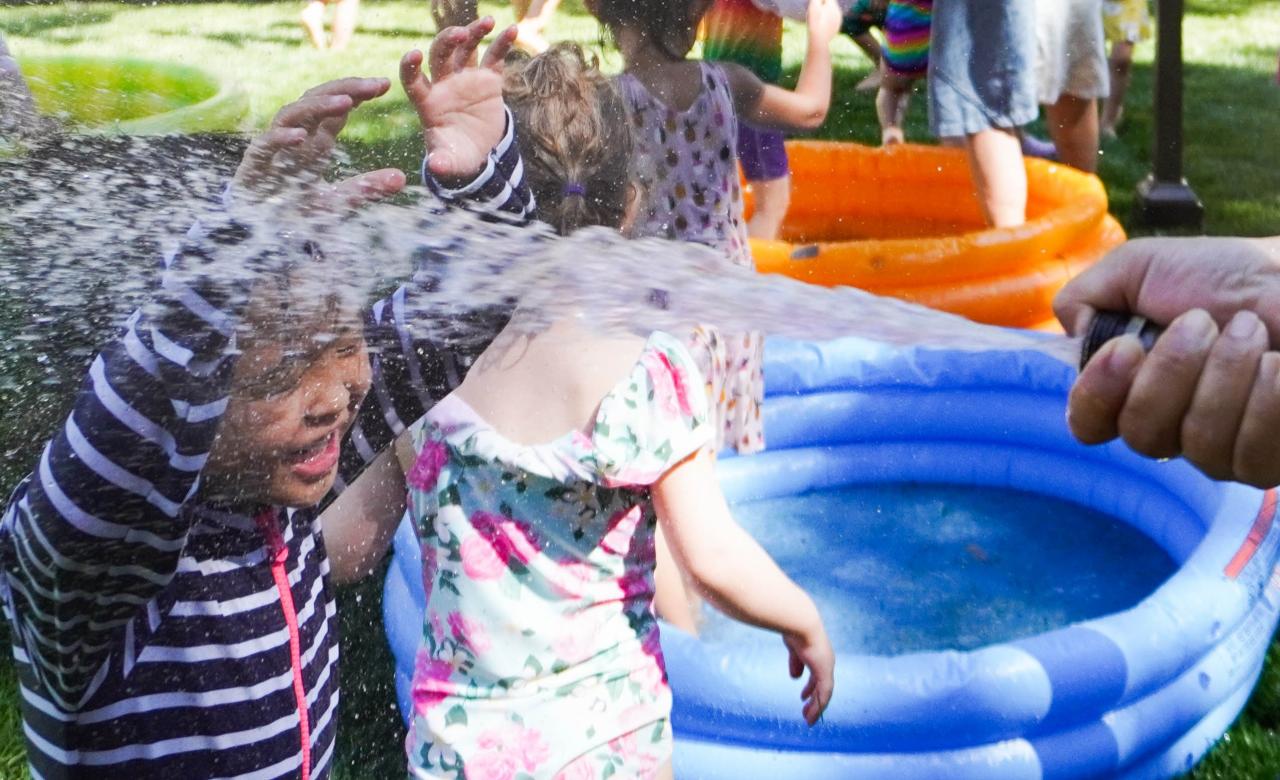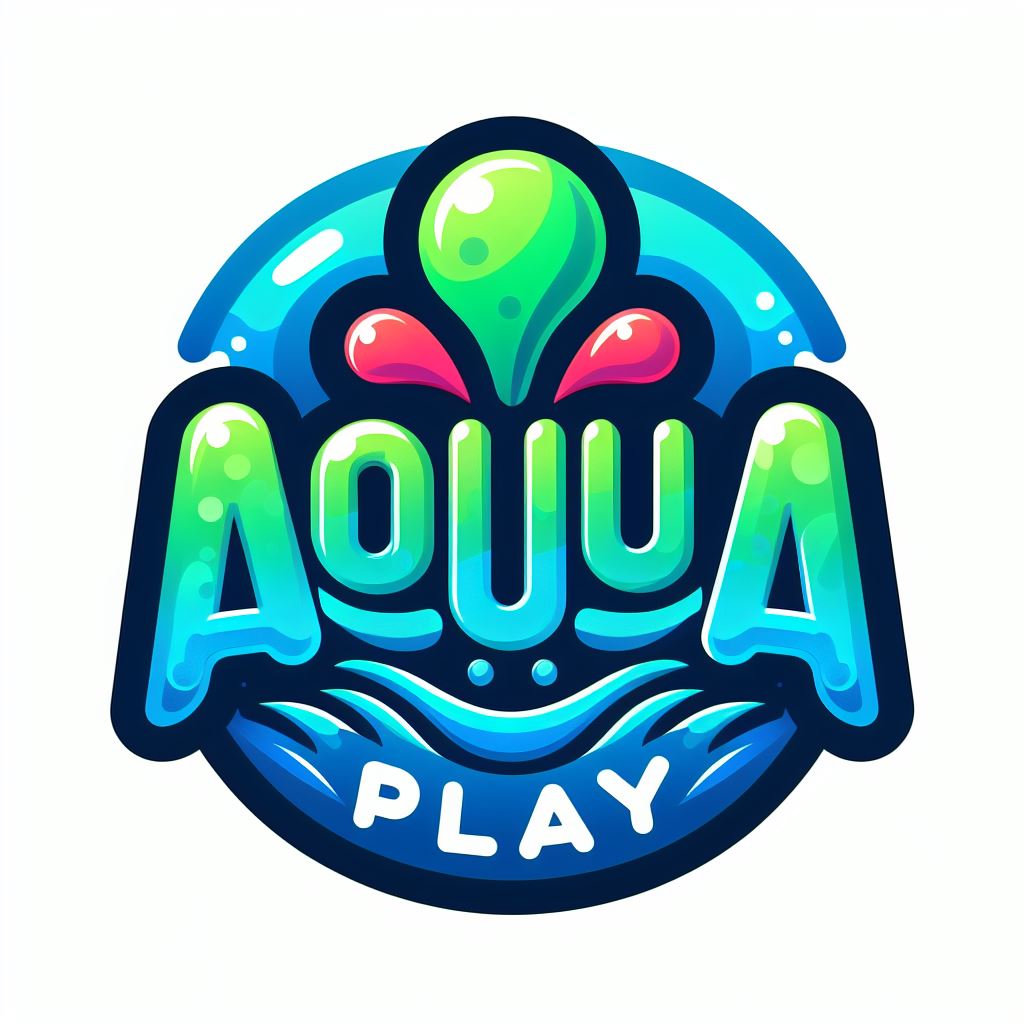Imagine a world where learning is no longer bound by the constraints of traditional classrooms. A world where education is not only engaging, but also fun and refreshing. Enter STEM Splash – a revolutionary approach to learning that combines science, technology, engineering, and mathematics with the playful element of water. In this article, we will delve into how STEM Splash is transforming the way children learn and explore the wonders of the world around them through interactive water play.

Engage in Interactive Learning
Immerse yourself in an innovative approach to STEM education by incorporating water play into hands-on experiments. Explore the world of science, technology, engineering, and math in a splashy setting that will captivate young minds and inspire curiosity. Engaging in interactive water activities allows students to learn in a fun and engaging way, making complex concepts easier to understand.
Enhance Creativity and Critical Thinking
By incorporating water play into the STEM curriculum, students have the opportunity to enhance their creativity and critical thinking skills. Through exploration and experimentation, they can observe cause and effect relationships, develop problem-solving abilities, and foster a deeper understanding of scientific principles. Water play adds a dynamic element to traditional learning methods, encouraging students to think outside the
Revamp Your Teaching Approach with Water Play
Enhance Learning Opportunities
Transform your students’ learning experience by incorporating water play into STEM education. By infusing hands-on activities with scientific concepts and theories, you can create an interactive learning environment that caters to diverse learning styles. This approach not only enriches the educational experience but also makes it enjoyable for students.
A Fresh Perspective
In retrospect, STEM Splash has demonstrated the effectiveness of integrating water play into educational settings. By combining the fun of splashing with the excitement of learning, children can explore and understand complex concepts in a unique and engaging way.
Exploring the Wonders of STEM Education
In today’s rapidly advancing world, the fields of science, technology, engineering, and math (STEM) are becoming increasingly important. From developing new technologies to solving complex problems, STEM education plays a crucial role in shaping our future. However, many students find these subjects intimidating and uninteresting. This is where the power of hands-on learning comes in.
Hands-on learning, also known as experiential learning, is a teaching method that involves actively engaging students in the learning process through practical activities. It allows students to apply their knowledge and skills in real-world situations, making the learning experience more meaningful and enjoyable. When it comes to STEM education, hands-on learning is especially effective in sparking students’ interest and curiosity.
Imagine a classroom where students are not just sitting and listening to lectures, but actively participating in experiments, building prototypes, and solving problems. This is the essence of hands-on learning in STEM education. By providing students with opportunities to explore and experiment, they are able to develop critical thinking, problem-solving, and teamwork skills. These are essential skills that are highly valued in the workforce and are necessary for success in any field.
Moreover, hands-on learning in STEM education allows students to see the practical applications of what they are learning. This helps them understand the relevance and importance of these subjects in their daily lives. For example, instead of just learning about the properties of water, students can actually see and experience how water can be used to power a turbine or create a chemical reaction. This not only makes the learning process more engaging but also helps students retain the information better.
In addition to its educational benefits, hands-on learning in STEM education also promotes creativity and innovation. By encouraging students to think outside the box and come up with their own solutions, it fosters a culture of innovation and entrepreneurship. This is crucial in today’s fast-paced and ever-changing world, where new ideas and technologies are constantly emerging.
So how can we incorporate hands-on learning in STEM education? It can be as simple as setting up a science experiment in the classroom or taking students on a field trip to a local science museum. With the advancement of technology, there are also many online resources and virtual simulations available for hands-on learning. The key is to provide students with opportunities to actively engage with the subject matter and apply their knowledge in a practical way.
In conclusion, hands-on learning is a powerful tool in promoting interest and understanding in STEM education. By providing students with opportunities to explore, experiment, and create, we can inspire the next generation of scientists, engineers, and innovators. So next time you see a hose, a bucket, or a water table, don’t just see water – see endless possibilities for discovery and fun. Dive in, get wet, and let the learning flow!
